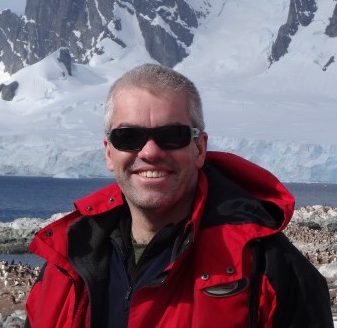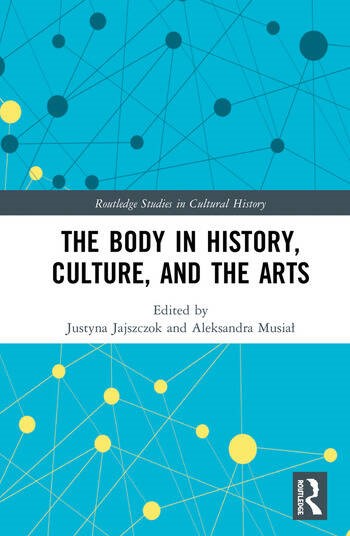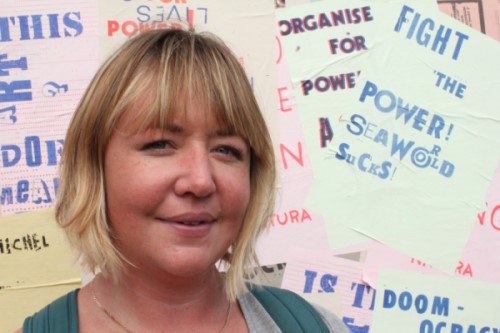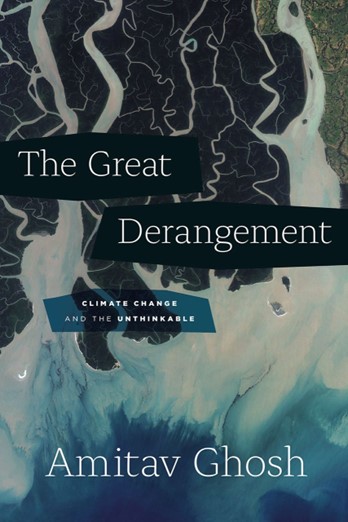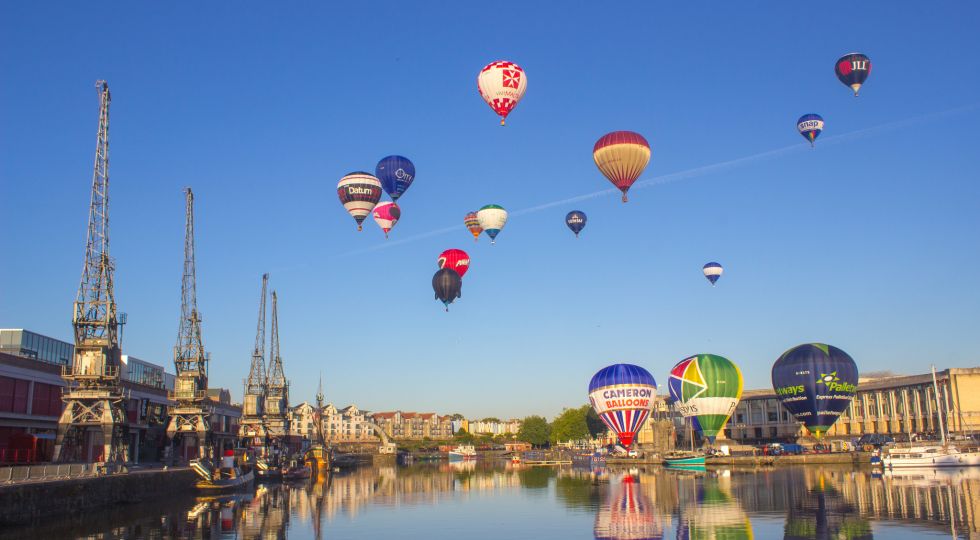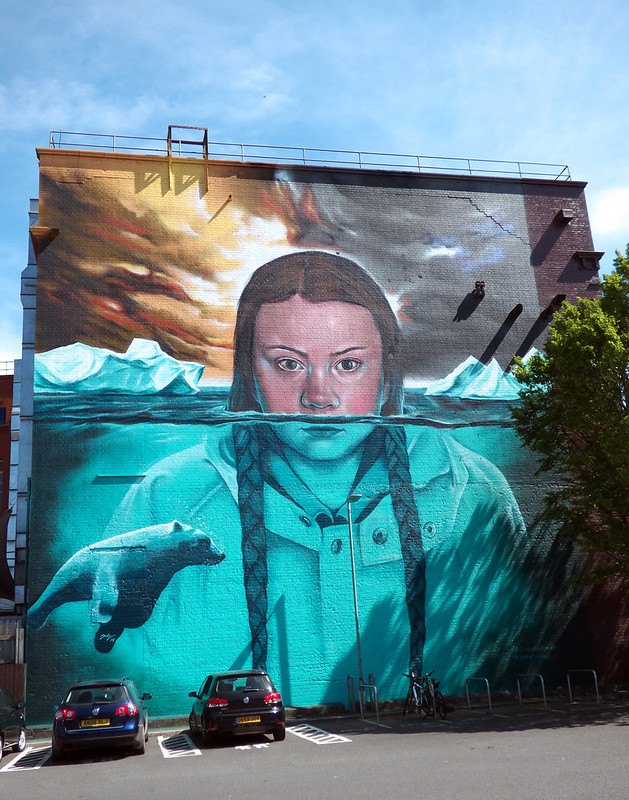Every year on the MA Environmental Humanities we plan fields trips for our students, which are embedded into our core ‘Introduction’ and ‘Themes’ units. We see lots of benefits to incorporating field trips, which are not typically teaching activities in the Humanities (but are common in eg. Geography and Earth Sciences).
In the Centre for Environmental Humanities, we value field trips as a research method and plan at least one a year (see here). Bringing them into our taught programme is a good way of connecting our research and teaching. Field trips offer an opportunity for the group to get to know each other better, and as our field trips are local, it’s also a chance for those new to Bristol to explore and for residents to see familiar places with fresh, EH-focused, eyes.
This year’s first field trip has become a firm favourite. We join Mathilde Braddock of Steps in Stone on a ‘Rivers Old and New’ walk along the Frome on the eastern edge of Bristol. The walk takes us through woodland along amazing rock formations and Mathilde shows us how to see traces of recent and ancient history in the stone.

Mathilde relates the deep time histories which have shaped the geology, and gives us a chance to think about the role of storytelling in communicating environmental stories.

Prompted by Mathilde, we also practice some creative responses to the places we find ourselves in. This year the creative writing practice felt particularly rewarding, and the words below have been shared by two current students on the course. The prompts, sunny autumn riverbank setting, and the quiet, collective moment shared with the group helped me to write a poem, something I’ve not really done before. I’m increasingly interested in exploring how creative practices help us to not just communicate, but also to think in new ways about our subject(s), and I look forward to exploring this with the MA Environmental Humanities students more. Thanks, students, and Mathilde, for a great walk.
– Dr Marianna Dudley, MA Environmental Humanities Programme Director

Rae Ferner-Rose
Stones.
I think often of an early death. In deep time the difference between twenty-two and one hundred is the blink of an eye. How can we ever say that humans are the only true agent within nature when one rainfall can leave a footprint more significant than any one person is able? But when I rot down into the earth, I feel my real work will begin. My life as a fossil will be my greatest achievement, against all my superficial moments of profound, the record making potential of my remains is beyond any word I could leave with this mouth or any word I could write with these hands. After breath and before the end of the world I will be content as a letter in a story so much larger than myself.
In Judaism it is customary to leave a stone on a grave instead of flowers. Flowers die but stone can be carried into the afterlife. I like to think that in some time, the body I leave behind will have more to share with stone than flowers. Flowers are beautiful but transient, like life, but like death – lasting, meaningful, quiet – stone will carry me away into a time my body will understand in a way my embodied mind could never dream of. In health I feel like a flower in bloom, vibrant and alive but always with a view to wilting. In illness I felt like stone, static, peaceful ever closer and closer to the earth. Somewhere between twenty-two and a hundred I will drift back to that earth I arrived from. I do not dream of immortality but rather, living forever.
Jo Ram
It’s just so comforting walking around and looking, and also being taught how to look. That is what elders and teachers are for. To see a blank stoneface no longer blank. But there is a tension I feel between having to learn all the knowledge, to have expertise in order to connect and between feeling an emptiness when all that knowledge becomes facts rather than a way of knowing. Do we need to know all the facts to have a knowing? Do we need some facts? How many and how much facts do we need to start knowing? Or are facts at all relevant to knowing? But if it weren’t for facts, how do we know we are in the knowing? What is the practice of the knowing?
Marianna Dudley
Four seconds to midnight
is when we appeared
says the geologist, bending
time with her words.
Twenty-four hours of life on earth
most of it behind us
time spent in vastness.
Mountains, faults
delta plains awash with
flora, air dense with
oxygen, soil solid with
carbon. Dragonflies with wings
like birds, dragon-birds
dart through the density
we would never believe they lived
if we could not see them
in the stone.
Mathilde Braddock
I’ve always felt a particular magic in the cliff faces, towering trees and unassuming flow of the river in the Frome valley. For the second year in a row, I’ve seen this magic envelop the Environmental Humanities MA students and witnessed how sharing the deep time stories of the land opens us to greater wonder for the world. I am humbled by the words which the students and teachers share in response to the rocks, the river, the stories I tell, and the simple act of pausing and listening, together.
Offering this walk as part of the MA is a pleasure because it feels like the perfect fit: an eager and open-minded audience, an opportunity for them to get out and about, and a chance for us all to feel connected with our shared environment.




